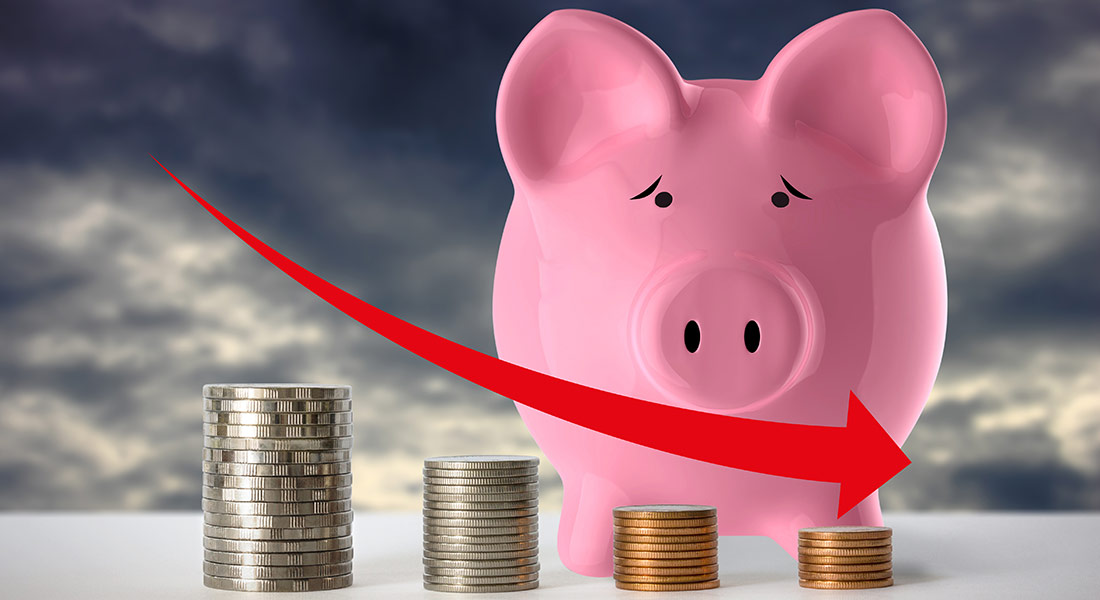Estimated reading time: 3 minutes
To keep your small business operating as smoothly as possible, it needs a sound business plan and the best employees you can find. It also requires the right equipment. However, investing in furniture, computers, cloud software, machinery and vehicles can be difficult if you have a limited budget. In addition, buying or financing business equipment is like buying a car. Its value drops the minute you acquire it. And the longer you own a piece of equipment, referred to as a fixed asset, the more its value decreases. As you know, this is called depreciation, and it can affect your business taxes and accounting methods. This blog post from Balboa Capital will help you learn all about equipment depreciation.
Straight-line depreciation.
As mentioned above, all of your business equipment will depreciate over time. Calculating the decline in the “life” of your business equipment is a relatively simple process. However, it is essential to note that depreciation is viewed as an expense for your business, and the decrease in your equipment’s value needs to balance out on your accounting sheet. Straight-line depreciation is one of the most common methods to calculate business equipment depreciation.
Calculating straight-line depreciation of your business equipment is simple. You take the purchase price of your business equipment and estimate its depreciation each year with an equal percentage. For example, let us say your business acquired a high-end digital printer two years ago for $10,000, and it depreciates 20% each year. When it comes time to do your accounting this year, the printer cannot be listed on your balance sheet with a $10,000 value because it depreciates $2,000 annually.
Declining balance method.
Another way to calculate the depreciation of your business equipment is with the declining balance method, which is more complex than the straight-line method. This method assumes a more significant depreciation starting during the first year of the business equipment’s life and smaller depreciation amounts each year.
For example, if a $100,000 piece of machinery depreciates 20% each year, the deduction is $20,000 in the first year, $18,750 in the second year, and so on.
Double declining balance method.
The double-declining balance method is a more accelerated form of depreciation. The equipment is depreciated at twice the straight-line depreciation rate from the start. For example, a large-format printer worth $20,000 that lasts five years would be depreciated at 30% in year one (versus 15% for straight-line) and 30% of the balance for ensuing years.
Impact on equipment acquisition.
Before making a capital equipment purchase, it is a good idea to consult with your accountant to find out the “estimated useful life” of the equipment, as defined by the IRS. There are different depreciation recovery periods for each category of equipment. For example, computers have a five-year depreciation recovery period.
Your accountant can also determine if it makes sense to finance equipment and tell you if the equipment you want qualifies for the Section 179 tax deduction. From a cash flow perspective, equipment financing is an attractive option. It enables you to get new or updated equipment for predictable monthly payments.
Section 179 limits and information on the Balboa Capital website are for illustrative purposes only; the Section 179 limits and information provided are subject to change by the IRS. Please visit the IRS website or consult a qualified tax professional for confirmation of the current Section 179 limits and information related to your situation.
The opinions voiced in this material are for general information only and are not intended to provide specific advice or recommendations for any individual.
